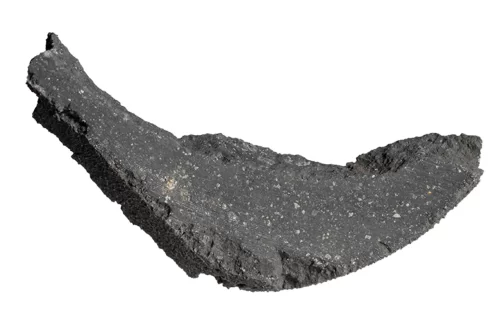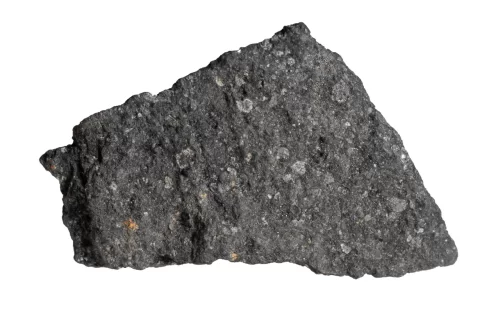Aguas Zarcas
Carbonaceous chondrite (CM2)
Alajuela, Costa Rica on April 23, 2019 at 21:07 local time
A significant fireball traveling from the northwest to the southeast, shortly after 9 pm was observed by many witnesses and recorded on cameras belonging to the National Seismological Network. Fireballs that produce new meteorites on Earth are always big news, but not since 1969 had there been a comparable event. It was not the size of the fireball that generated almost unprecedented excitement, but rather the type of meteorite — an extremely rare carbonaceous chondrite known as a CM2 — which represents only 0.8% of all known meteorites. Witnessed falls produce meteorites that display rich jet black fusion crust, which occurs when the surface of incoming meteorites is superheated in our atmosphere. This rind is fragile and affected by terrestrial weathering when meteorites sit on Earth’s surface for several years.
The Aguas Zarcas meteorite fall produced primarily small stones, the majority of which were unbroken; a rare occurrence due to the violent effects experienced by most meteorites as they blast through Earth’s atmosphere. Meteoriticists noted the stone’s high degree of brecciation. Some stones exhibit clasts with abundant chondrules. Some specimens are rich in nickel-iron and will adhere to a magnet, while others show no attraction. The variation in these specimens is a reflection of the heterogeneity of the parent body, caused by the pummeling and re-accretion of other asteroidal material as it hurtled through space.
Showing all 11 results
-
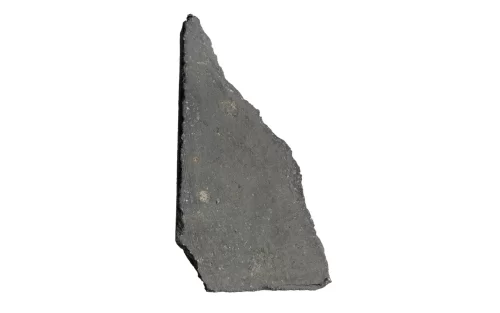
Aguas Zarcas 0.37g
$46.00 Add to cart -
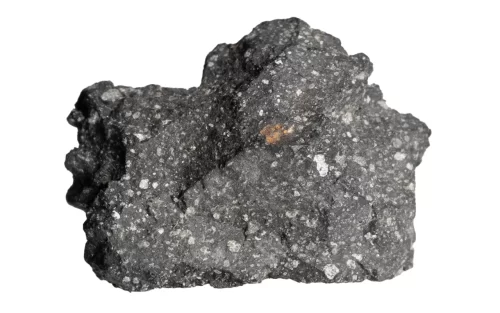
Aguas Zarcas 0.63g
$79.00 Add to cart -
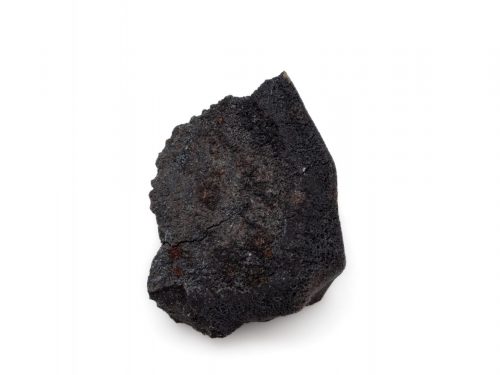
Aguas Zarcas 30.1g
$3,750.00 Add to cart -

Aguas Zarcas 6.6g
$825.00 Add to cart -
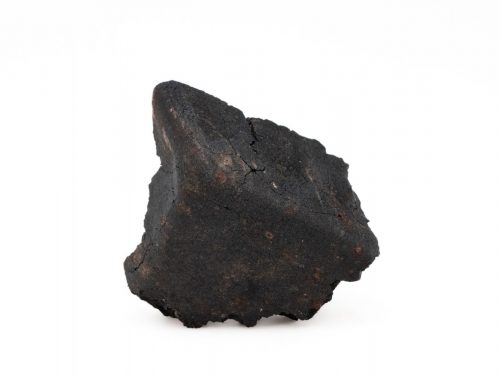
Aguas Zarcas 85.0g
$10,625.00 Add to cart -
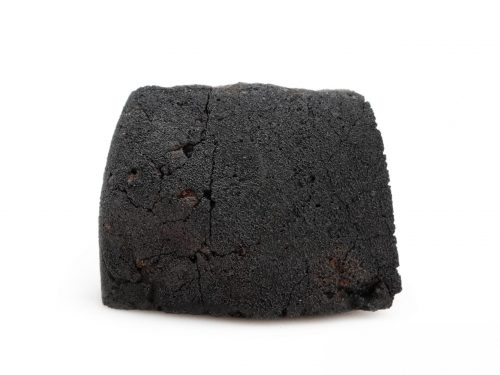
Aguas Zarcas 13.0g
$1,625.00 Add to cart -
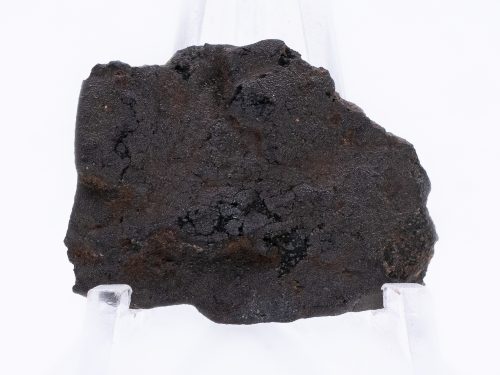
Aguas Zarcas 3.6g
$545.00 Add to cart -

Aguas Zarcas 6.3g
$945.00 Add to cart
